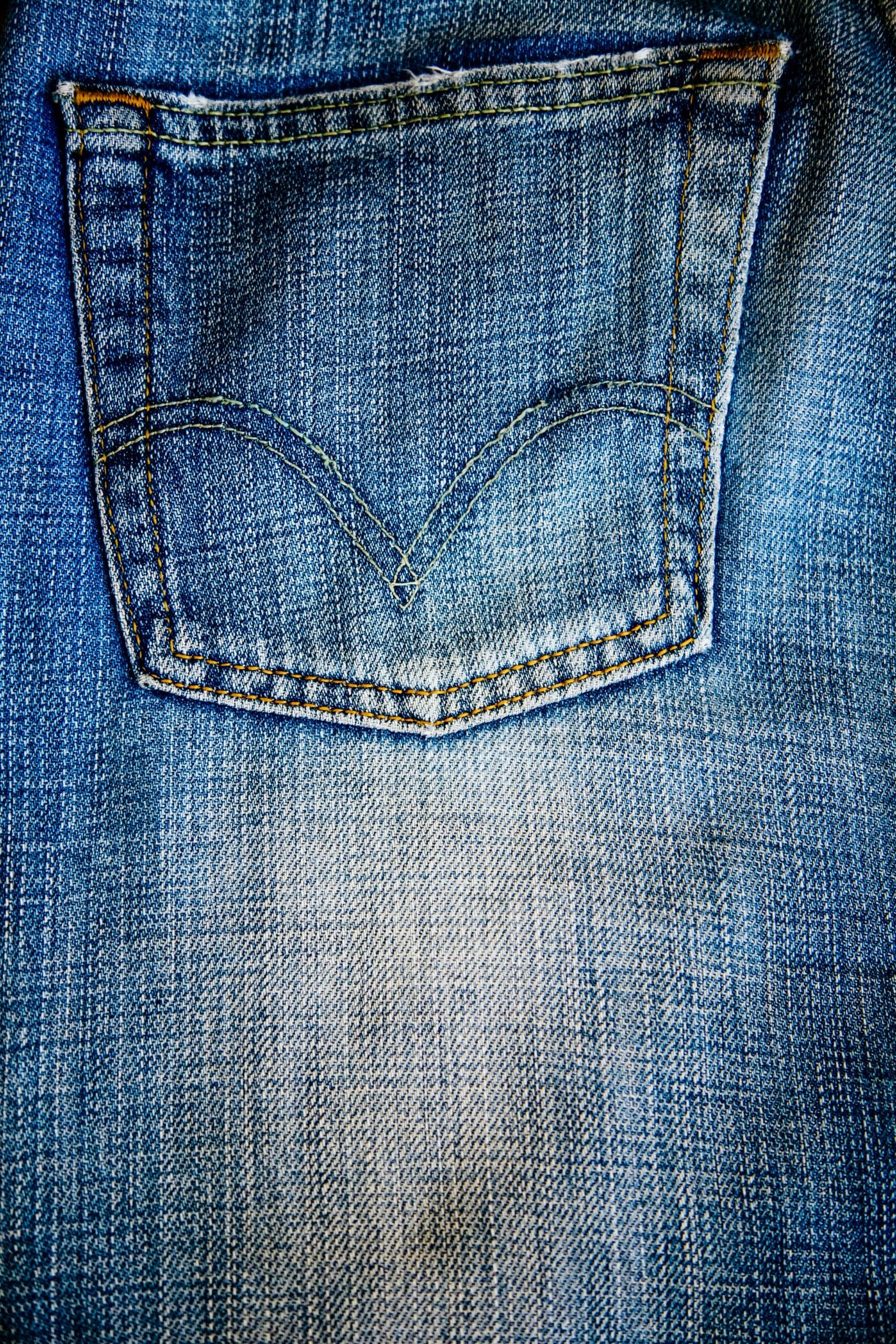The Evolution of Functional Wear: From Performance to Everyday Use
Functional wear has come a long way from its humble beginnings in athletic and performance-driven contexts. Originally designed to meet the exacting demands of athletes, this category of clothing has now seamlessly integrated into our daily wardrobes. The evolution of functional wear owes much to significant technological advancements in fabric engineering, ergonomic design, and comfort. This journey not only showcases a shift in consumer preferences but also highlights the transformative power of innovation in the textile industry.
One of the most notable milestones in the rise of functional wear is the integration of moisture-wicking fabrics. These advanced textiles were initially developed to keep athletes dry and comfortable during rigorous physical activities. However, their utility quickly translated into everyday scenarios, offering breathable and moisture-resistant options for all-day wear. Following closely were antimicrobial features, which helped in combating odor and maintaining freshness, thus appealing to a broader spectrum of consumers concerned about hygiene and convenience.
Ergonomic design, another critical development, has changed the landscape of functional wear beyond sports. By focusing on human anatomy and movement, designers have created apparel that not only fits well but also enhances the wearer’s comfort and mobility. Such innovations are not just limited to sportswear but have found their place in casual and even professional attire.
Pivotal moments that propelled functional wear into mainstream fashion include high-profile endorsements from celebrities and visibility in major sports events. When celebrities are seen donning functional wear in everyday settings, it significantly influences public perception and adoption. Major sports events also act as catalysts, showcasing the capabilities and style quotient of functional wear to a global audience.
The fusion of performance attributes with aesthetic appeal has indeed transformed functional wear into a staple of modern fashion. No longer confined to the gym or the field, these versatile garments have redefined daily style, making it easier than ever for individuals to achieve both functionality and fashion in their everyday lives.
The Perfect Blend of Style and Comfort
Functional wear has revolutionized the landscape of daily wardrobes by seamlessly integrating attributes such as breathability, flexibility, and durability with contemporary fashion. This innovative approach has made it a favorite among individuals who seek both performance and style in their clothing, whether they are at the gym, in a casual office setting, or at social gatherings.
Breathability is a fundamental characteristic of functional wear. Fabrics engineered to allow air circulation help in regulating body temperature, essential for both athletic performance and comfort in everyday wear. Materials such as moisture-wicking polyester and mesh inserts are commonly used by brands like Nike and Lululemon, ensuring that sweat is effectively managed, keeping the wearer cool and dry.
Flexibility is another vital attribute that contributes to the popularity of functional wear. The integration of spandex and elastane into fabric composition provides the necessary stretch for unrestricted movement. This flexibility is not only crucial for athletes during their workouts but also adds a layer of comfort for daily activities. Brands such as Under Armour and Adidas have mastered the art of creating versatile pieces that adapt to various body movements, making them ideal for any setting.
Durability stands as a cornerstone of functional wear, ensuring that the clothing can withstand the rigors of both strenuous exercise and the demands of everyday use. High-quality stitching and reinforced seams are aspects that brands like Patagonia emphasize to ensure long-lasting wear. This durability translates to a cost-effective investment for consumers, who can count on their clothing to maintain its integrity over time.
The fusion of utility with style is perhaps the most notable achievement of modern functional wear. Athleisure, a term coined to describe this blend, has taken the fashion industry by storm. Brands such as Alo Yoga and Gymshark have set trends by offering stylish yet functional pieces that can effortlessly transition from the gym to a casual office environment. Customer testimonials frequently highlight the versatility of these garments, praising their ability to fit seamlessly into various aspects of daily life.
In essence, the appeal of functional wear lies in its ability to provide comfort without compromising on style. This perfect blend ensures that one is always prepared, regardless of whether their day includes a strenuous workout, a busy day at the office, or social engagements. The evolution of functional wear marks a significant shift in how we perceive and value our clothing, prioritizing practicality while celebrating fashion.
Sustainability in Functional Wear
Sustainability has become a pivotal concern within the fashion industry, particularly in the realm of functional wear. As consumers increasingly prioritize environmental responsibility, brands are innovating with sustainable practices to create eco-friendly activewear. Central to this movement is the use of materials like recycled polyester, organic cotton, and biodegradable fibers. Recycled polyester, for instance, not only reduces landfill waste but also requires fewer resources compared to virgin polyester. Similarly, organic cotton is cultivated without the use of harmful pesticides or synthetic fertilizers, thereby preserving soil health and reducing water pollution.
Biodegradable fibers present another exciting development. Unlike traditional synthetic fabrics, these materials decompose naturally, leaving a minimal ecological footprint. Such fibers often come from renewable sources, ensuring both sustainability and performance. Companies like Patagonia and Girlfriend Collective are leading the charge by incorporating these materials into their product lines while adhering to stringent environmental standards. These brands not only focus on the source of their fabrics but also implement practices aimed at minimizing waste and optimizing water usage throughout production.
The sustainable innovations in functional wear extend beyond raw materials. Reducing water usage, for example, has become a significant focus area. The textile dyeing and finishing processes typically consume vast amounts of water; however, technologies like waterless dyeing and the use of natural dyes offer effective alternatives. Additionally, brands are adopting circular economy principles, where products are designed for longevity, ease of repair, and eventual recycling.
The environmental benefits of these sustainable practices are clear, but they also confer practical advantages for consumers. High-quality, eco-friendly fabrics often surpass synthetic materials in durability and comfort, enhancing the longevity and performance of functional wear. As such, sustainability in this sector is not just a trend but an enduring shift towards responsible and resilient fashion.
Integrating Functional Wear into Your Daily Wardrobe
Incorporating functional wear into your daily wardrobe can be a game-changer, offering a blend of comfort, style, and versatility. The key is to find the right balance between activewear and traditional clothing items, creating ensembles that are both practical and fashionable. Here are some tips to help you seamlessly integrate functional wear into your everyday outfits.
Start with the basics like leggings and joggers, which have become wardrobe staples due to their comfort and adaptability. Pair them with tunic tops, oversized sweaters, or even a tailored blazer for a polished yet relaxed look. Investing in high-quality materials, such as moisture-wicking fabrics and four-way stretch, ensures that these pieces not only look good but also perform well throughout the day.
Outerwear is another crucial component of functional fashion. Modern jackets and coats often come with features such as water resistance, thermal lining, and multiple pockets for added convenience. A stylish bomber jacket or a sleek parka can easily transition from a morning jog in the park to an afternoon meeting, maintaining both form and function.
Footwear is equally important when it comes to functional wear. Brands now offer sneakers and casual shoes that blend athletic technology with contemporary design. Look for footwear with cushioning, arch support, and breathable materials to keep you comfortable during long hours on your feet. Versatile designs allow these shoes to be paired with jeans, dresses, and more formal attire, ensuring that you never have to sacrifice style for comfort.
For real-life inspiration, turning to influencers and stylists who have mastered the functional wear trend can be immensely helpful. Figures such as Athleisure enthusiasts and street style icons often showcase how to mix sporty elements with chic clothing. For example, pairing a high-performance sports bra with a tailored suit or combining sleek leggings with a trench coat and ankle boots can create a sophisticated, modern look.
By thoughtfully combining functional pieces with traditional wardrobe staples, you can enjoy the benefits of comfort and style in various settings—from the gym to the streets and beyond.


